How Long Can A Drone Fly?
Understanding Drone Flight Time: Factors and Optimization
Drones have become an integral part of various industries, from aerial photography and agriculture to delivery services and emergency response. One of the most critical aspects of drone operation is flight time, which directly impacts the efficiency and effectiveness of their use. In this article, we will delve into the factors that influence drone flight time, typical flight durations for different types of drones, and strategies to optimize and extend flight time.
Factors Influencing Drone Flight Time
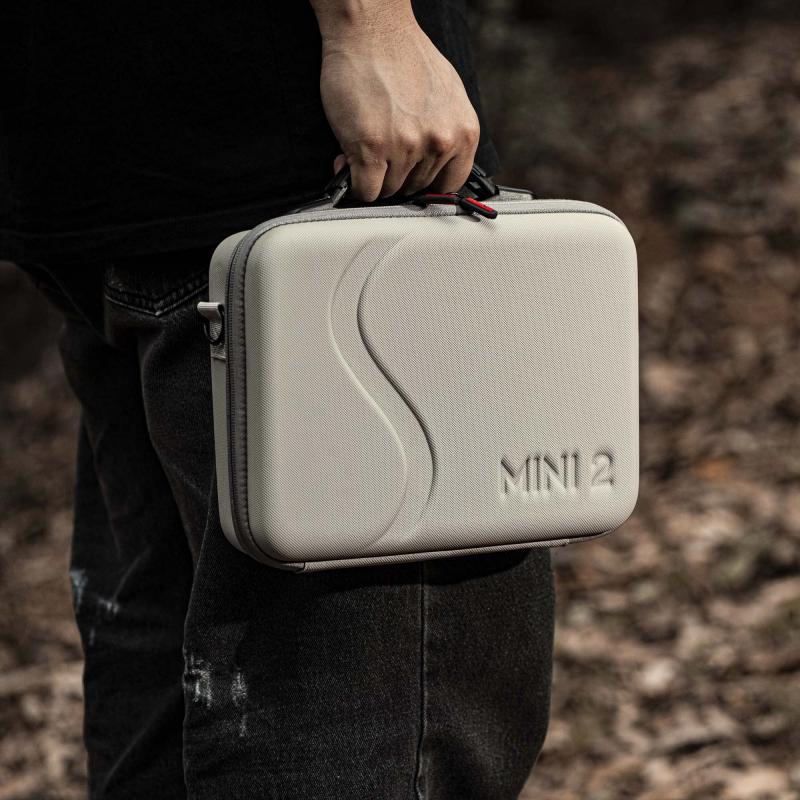
Several factors determine how long a drone can stay airborne. Understanding these factors can help users make informed decisions and optimize their drone's performance.
1. Battery Capacity and Type: The most significant factor affecting flight time is the drone's battery. Drones typically use lithium-polymer (LiPo) batteries, which offer a good balance between weight and energy density. The capacity of the battery, measured in milliampere-hours (mAh), directly correlates with flight time. Higher capacity batteries can store more energy, thus allowing for longer flights.
2. Drone Weight: The weight of the drone, including its payload, significantly impacts flight time. Heavier drones require more power to stay aloft, which drains the battery faster. This is why lightweight drones generally have longer flight times compared to heavier, more complex models.
3. Propulsion System Efficiency: The efficiency of the drone's motors and propellers also plays a crucial role. Efficient motors and well-designed propellers can reduce power consumption, thereby extending flight time. Brushless motors, for example, are more efficient and durable than brushed motors.
4. Flight Conditions: Environmental factors such as wind, temperature, and altitude can affect flight time. Flying in strong winds requires more power to maintain stability, while extreme temperatures can impact battery performance. Higher altitudes, where the air is thinner, can also reduce the efficiency of the drone's propulsion system.
5. Flight Speed and Maneuvers: Aggressive flying, including rapid acceleration, high speeds, and complex maneuvers, consumes more power than steady, level flight. Pilots who fly conservatively can often extend their drone's flight time.
6. Payload: The type and weight of the payload, such as cameras, sensors, or delivery packages, can significantly impact flight time. Heavier payloads require more energy to lift and carry, reducing the overall flight duration.
Typical Flight Durations for Different Types of Drones
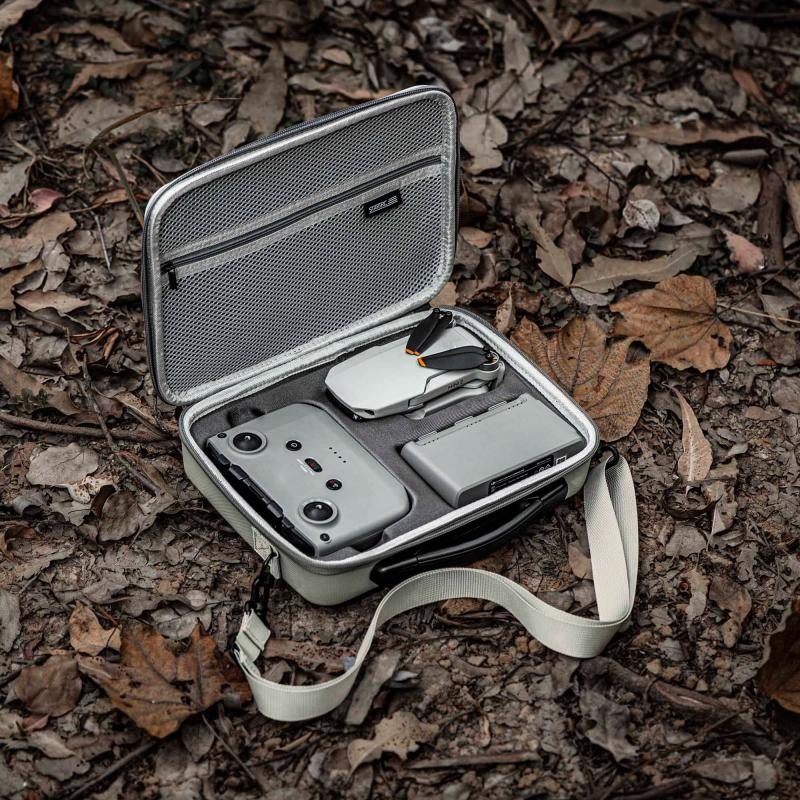
The flight time of drones varies widely depending on their type and intended use. Here are some general guidelines for different categories of drones:
1. Toy Drones: These are small, lightweight drones designed for recreational use. They typically have flight times ranging from 5 to 15 minutes. Their limited battery capacity and lightweight construction contribute to shorter flight durations.
2. Consumer Drones: Popular among hobbyists and amateur photographers, consumer drones usually offer flight times between 20 to 30 minutes. Models like the DJI Mavic series fall into this category, providing a good balance between performance and portability.
3. Professional Drones: Used for commercial applications such as aerial photography, surveying, and inspection, professional drones often have flight times ranging from 25 to 40 minutes. These drones are equipped with larger batteries and more efficient propulsion systems to support longer missions.
4. Industrial Drones: Designed for heavy-duty tasks like agriculture, mapping, and delivery, industrial drones can achieve flight times of 40 minutes to over an hour. Some high-end models, equipped with advanced battery technology and efficient motors, can even exceed these durations.
5. Fixed-Wing Drones: Unlike multi-rotor drones, fixed-wing drones are more efficient in terms of energy consumption. They can glide through the air, requiring less power to stay aloft. As a result, fixed-wing drones can achieve flight times ranging from 1 to 3 hours, making them ideal for long-range missions.
Strategies to Optimize and Extend Drone Flight Time
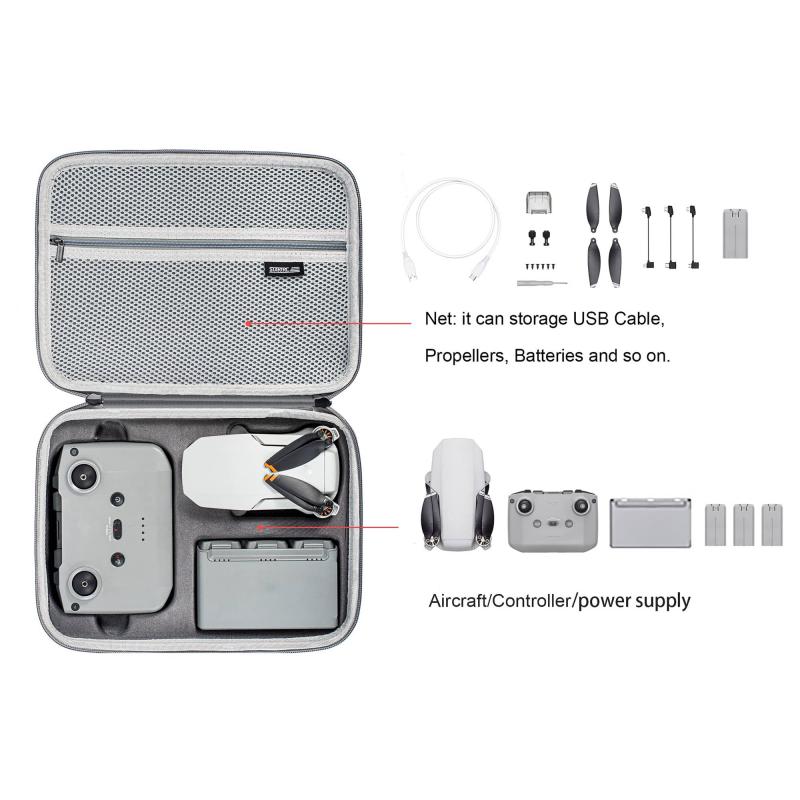
Maximizing drone flight time is crucial for both recreational and professional users. Here are some strategies to help you get the most out of your drone's battery:
1. Choose the Right Battery: Investing in high-capacity, high-quality batteries can significantly extend flight time. Ensure that the batteries are compatible with your drone and follow the manufacturer's recommendations for usage and maintenance.
2. Monitor Battery Health: Regularly check the health of your batteries. Over time, batteries can degrade, leading to reduced capacity and shorter flight times. Replace old or damaged batteries to maintain optimal performance.
3. Optimize Payload: Minimize the weight of your drone by carefully selecting and balancing your payload. Use lightweight materials and avoid carrying unnecessary equipment. For professional applications, consider using specialized, lightweight cameras and sensors.
4. Fly Conservatively: Avoid aggressive flying and rapid maneuvers that consume more power. Maintain a steady, level flight whenever possible to conserve energy. Plan your flight path to minimize unnecessary movements and maximize efficiency.
5. Use Efficient Propellers and Motors: Upgrade to high-efficiency propellers and brushless motors if your drone supports them. These components can reduce power consumption and extend flight time.
6. Monitor Environmental Conditions: Be mindful of the weather and environmental conditions when planning your flights. Avoid flying in strong winds, extreme temperatures, or high altitudes that can negatively impact flight time. If possible, choose calm, moderate conditions for optimal performance.
7. Regular Maintenance: Keep your drone in good condition by performing regular maintenance. Clean the motors, propellers, and other components to ensure they operate efficiently. Check for any signs of wear and tear and address them promptly.
8. Use Flight Planning Software: Utilize flight planning software to optimize your flight paths and missions. These tools can help you create efficient routes, avoid obstacles, and manage battery usage more effectively.
Understanding and optimizing drone flight time is essential for maximizing the utility and efficiency of your drone operations. By considering factors such as battery capacity, drone weight, propulsion system efficiency, and environmental conditions, you can make informed decisions to extend your drone's flight time. Whether you are a recreational user or a professional operator, implementing the strategies outlined in this article will help you get the most out of your drone and achieve your flight objectives more effectively.


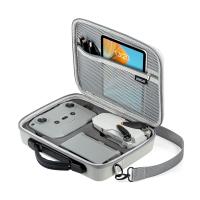
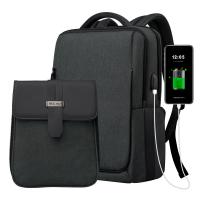
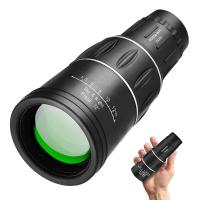
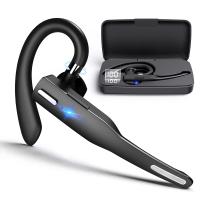
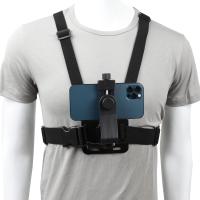
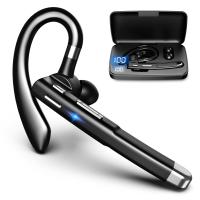
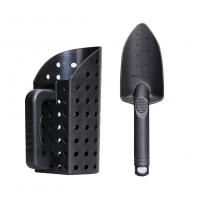
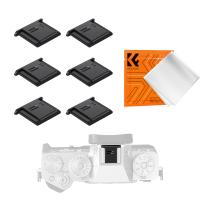



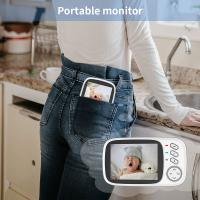
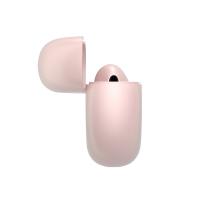






There are no comments for this blog.